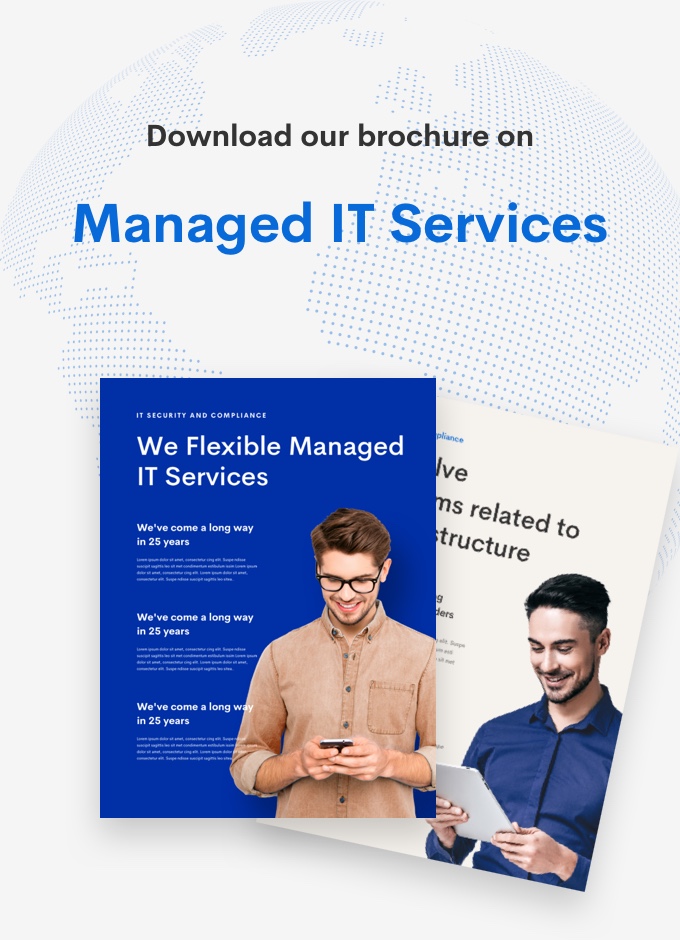How Digital Education Solutions Are Enhancing STEM Education for the Next Generation

How Digital Education Solutions Are Enhancing STEM Education for the Next Generation
You’ve probably noticed how fast technology is changing the way we learn, right? Well, this change is especially exciting in the world of STEM—Science, Technology, Engineering, and Mathematics. Have you ever tried using digital tools like coding platforms or virtual labs in school? If not, you’re in for a surprise!
Think about it—what if you could learn complex science or math concepts while having fun? That’s exactly what’s happening with digital education solutions today. They’re turning traditional learning into something way more interactive, engaging, and—dare we say—fun! Imagine coding your own game, or running a science experiment in a virtual lab, without leaving your home or classroom. Sounds cool, right?
Whether you’re curious about how coding platforms work, or how online simulations can help you understand tough topics, these tools are changing the game when it comes to STEM education. Ready to dive in? Let’s explore how these digital tools are making STEM subjects more exciting and helping students like you master them with ease.

The Significance of STEM Education in Shaping the Future
STEM education has long been regarded as a key driver of innovation and economic growth. As industries increasingly rely on technology, there is a growing demand for professionals with strong foundations in science, technology, engineering, and math. The U.S. Bureau of Labor Statistics projects that STEM occupations will grow by 8% by 2029. The growth rate is faster than the average for all other professions.
To meet the demand, educational institutions need to equip students with the skills and knowledge for success in these fields. However, traditional methods of teaching STEM subjects have often been limited by their inability to fully engage students or provide hands-on experience with real-world applications. This is where digital education solutions come into play.
Coding Platforms: Empowering Future Innovators
One of the most significant advancements in STEM education is the rise of coding platforms designed specifically for students. Coding, once considered a niche skill, is now recognised as essential for understanding modern technology. Also, it is effective for problem-solving in various STEM disciplines.
Platforms like Scratch, Tynker, and Code.org offer intuitive, user-friendly interfaces that introduce students to programming through drag-and-drop coding blocks. These platforms are often gamified. They turn learning to code into an interactive experience where students can create animations, games, and apps while learning foundational coding concepts. In this way, by making coding more accessible to younger students, these tools foster creativity, logical thinking, and critical problem-solving skills from an early age.
Additionally, more advanced platforms, such as Python, JavaScript, and C++ environments, are being integrated into secondary education and beyond. These platforms help students dive deeper into software development and computational thinking. The demand for software developers and engineers continues to rise. So, the availability of coding platforms that cater to all skill levels plays a major role in preparing students for the future workforce.
Virtual Labs: Bringing Hands-On Learning to the Digital Age
In STEM education, hands-on experimentation is crucial for deep understanding. However, you can find that traditional labs are often limited by access to resources, equipment, and safety concerns. Digital education solutions have addressed these limitations through the development of virtual labs. These labs replicate real-world laboratory experiences in an online environment.
Platforms like Labster, PhET Interactive Simulations, and ChemCollective offer a range of virtual labs that cover subjects such as chemistry, biology, physics, and engineering. These labs allow students to conduct experiments in a simulated environment. As a benefit, they enjoy an interactive and immersive experience without the need for physical materials or expensive equipment.
Besides, In virtual labs, students can engage with detailed simulations that replicate scientific processes and experiments. For instance, they can conduct chemical reactions, explore the anatomy of a cell, or design an engineering prototype—all within a digital space. Also, virtual labs help students learn through trial and error without the risk of damaging equipment or causing safety hazards, which is a limitation in traditional settings.
On the other hand, these tools allow for personalised learning experiences. Students can work at their own pace, repeat experiments, and explore alternative outcomes. However, it is often difficult to achieve in a physical classroom with time and resource constraints.
Online Simulations: Making Complex Concepts Tangible
Many STEM concepts are difficult to grasp because they involve abstract or complex processes that students cannot easily visualise or experience in real life. Online simulations are changing this by providing dynamic, visual representations of these processes. As a benefit, students can see theories and principles in action.
For example, physics simulations like those provided by PhET allow students to explore concepts such as gravity, electromagnetism, and kinematics through interactive models. Similarly, in chemistry, students can simulate molecular structures and chemical reactions to see how different elements interact on a microscopic level. Mathematics simulations help students understand concepts like calculus, algebra, and geometry through visualisations that bring abstract equations to life.
Also, online simulations play a critical role in engineering education, where students can design, test, and refine their projects in a virtual environment. These simulations often mimic real-world conditions. They provide students with valuable experience in areas like civil engineering, mechanical engineering, and robotics.
The use of simulations enhances learning by providing a visual and interactive component that traditional textbooks or lectures cannot offer. This helps students to develop a more intuitive understanding of STEM concepts and improves retention and engagement.
Gamification and AI-Powered Adaptive Learning
Beyond individual tools like coding platforms, virtual labs, and simulations, digital education solutions are using gamification and AI-powered adaptive learning to further enhance STEM education.
Gamification incorporates game-like elements—such as rewards, challenges, and leaderboards—into educational content. In this way, learning becomes more engaging and motivating for students. Many STEM-related digital platforms include gamified elements to encourage students to complete lessons, solve problems, and explore new topics. So, by making learning fun, gamification fosters intrinsic motivation and keeps students interested in subjects that might otherwise seem daunting.
On the other hand, AI-powered adaptive learning platforms personalise the learning experience by adjusting the difficulty and content based on the student’s performance and progress. In STEM education, this advancement means that students who excel can be challenged with more advanced material. Besides, those who struggle can receive additional support and guidance. In this regard, platforms like DreamBox and Smart Sparrow are examples of how AI is being used to tailor STEM learning to individual needs. It ensures that every student can succeed at their own pace.
Preparing Students for the Future Workforce
The integration of digital tools in STEM education is not just about enhancing classroom experiences; it’s about preparing students for the workforce of tomorrow. As industries continue to evolve in response to technological advancements, students will need to be proficient in digital literacy, problem-solving, critical thinking, and collaboration. All these skills are fostered by digital education solutions.
Coding platforms, virtual labs, and simulations help students develop practical, hands-on skills. They are directly applicable to careers in fields like computer science, engineering, medicine, and research. By exposing students to these tools early on, educators are equipping them with the knowledge and confidence they need to succeed in a tech-driven world.
Final thoughts
Digital education solutions are playing a pivotal role in shaping the future of STEM education. From coding platforms that teach programming fundamentals to virtual labs and online simulations that make abstract concepts tangible, these tools are revolutionising the way students learn and interact with STEM subjects.
As digital tools continue to evolve and become more integrated into education, they will enhance STEM learning outcomes. Also, these tools empower the next generation of innovators, engineers, scientists, and technologists. The future of STEM education is bright, and digital solutions are leading the way. If you are looking for superlative learning experiences with content services software for higher education solutions, choose OliveQSol.


